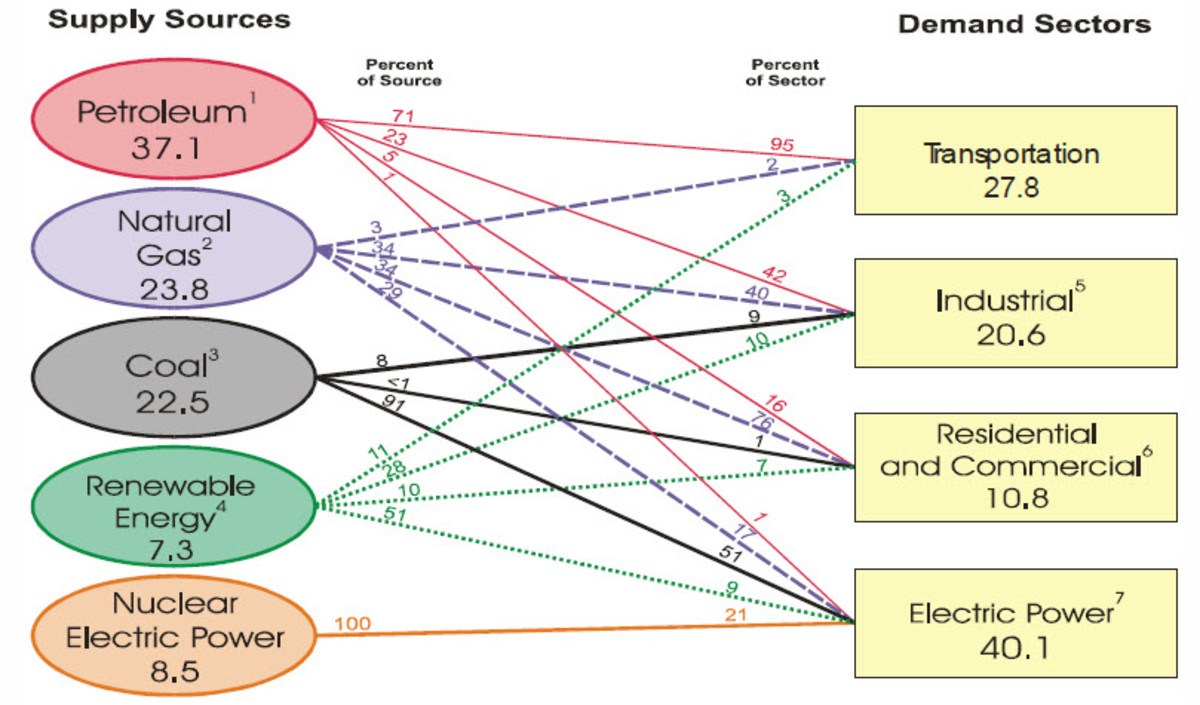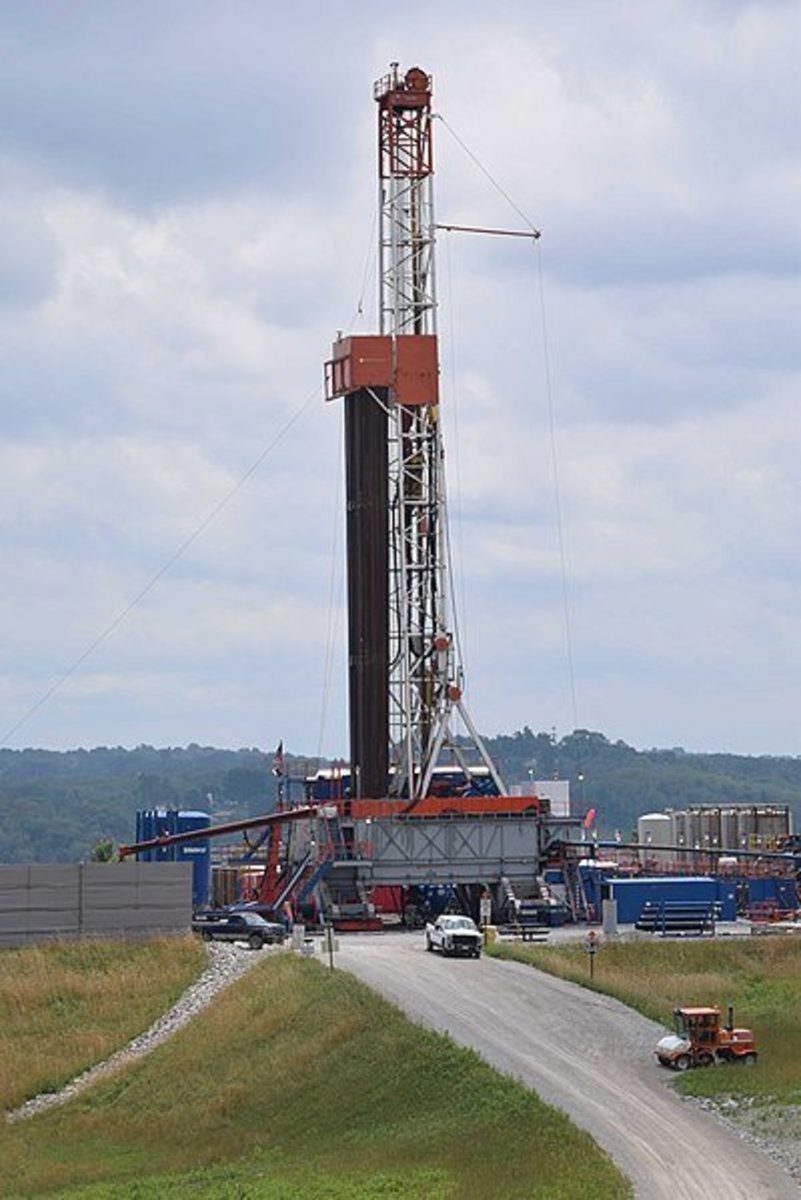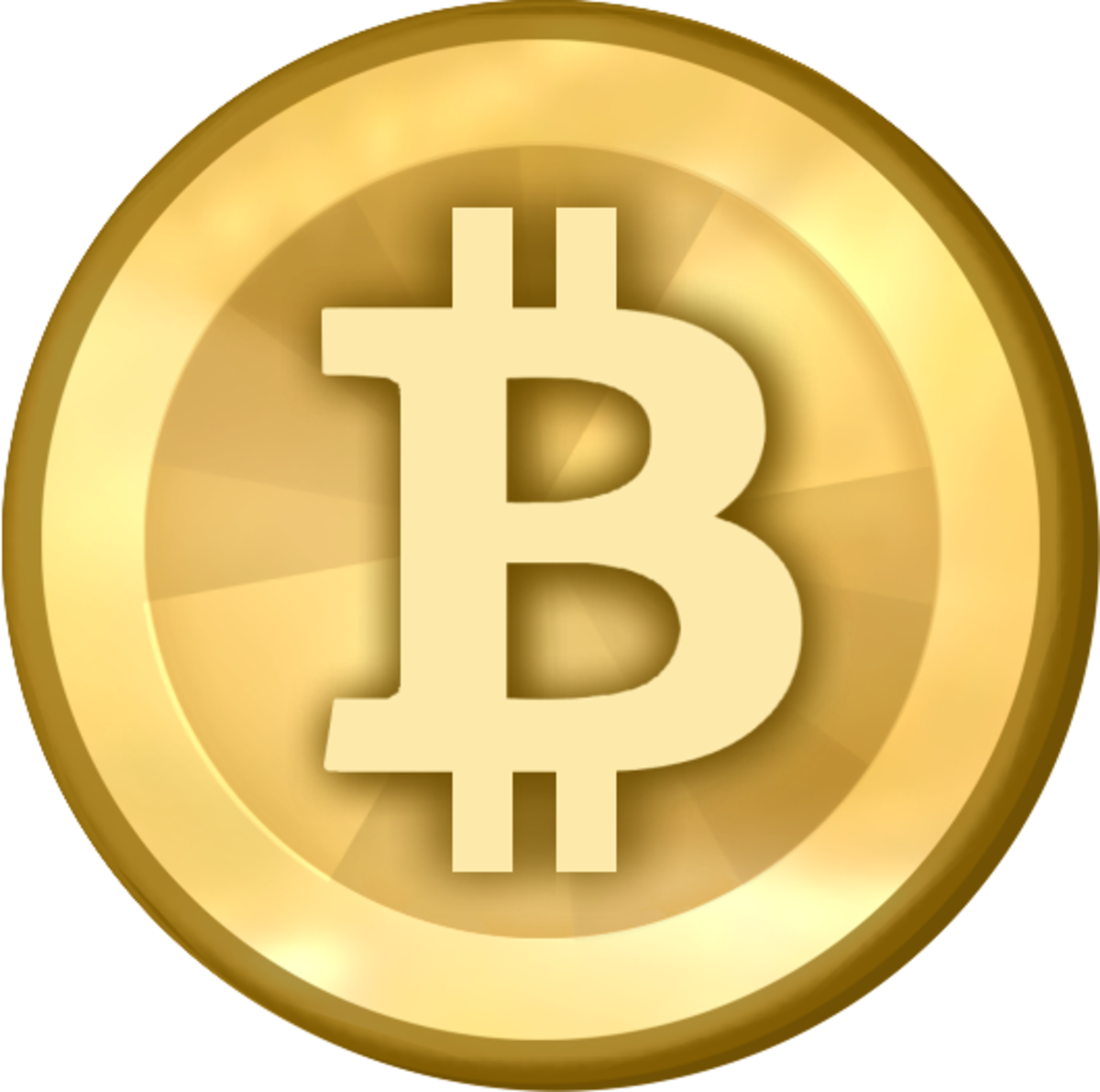The Future of Coal Mining - Electricity Alternatives
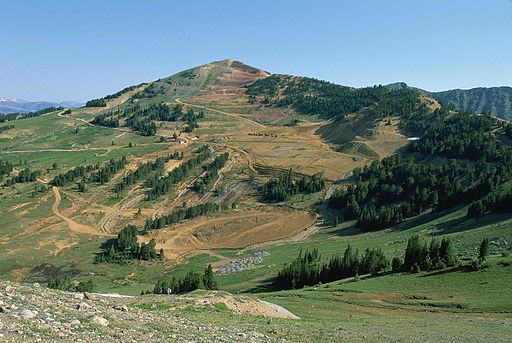
Coal-mining and Mountaintop Removal
People who live by the mountains may one day find that they are no longer there. Others who like to hike or otherwise enjoy the Great Outdoors may find that they're not so Great anymore.
If current levels of coal extraction continue as they are in the United States, plenty of forests and tress may fall as victims of "progress".
What is behind all this? What is behind the destruction of ecosystems, streams and countless trees? In a word: electricity.
In order to secure coal as a source of energy, it must be mined from the mountains, especially in the eastern part of the United States.
Historically, this involved underground mining. This entailed digging a shaft into a mountainside, and extracting the coal from a coal seam. The surrounding areas were relatively undisturbed by this process.
However, underground mining was and still is expensive, labor-intensive and dangerous to miners working in the coal shafts. Stories of miners trapped after their tunnels collapsed or contracting a disease called "Black Lung" abound.
The coal companies searched for and found a dubious solution: "surface mining". To these companies, this option was cheaper, safer, and much less labor intensive than underground mining.
Surface Mining is a Euphemism
Surface mining, however, is a euphemism for insidious mountaintop removal or more pejoratively, blowing up mountaintops.
In essence, the mountaintop is stripped of its forest. Then, the topsoil along with the topmost layers of the earth are blasted off, sometimes taking as much as 400 feet of earthen material with it!
This material gleaned from the mountaintop is called overburden, and is often dumped into a nearby valleys, often burying natural streams and waterways that people depend on downstream.
Using this method, over 1.4 million acres or 2,200 square miles have been cleared in the name of coal acquisition.
Since the 1960s, coal-mining has accelerated. With a growing population and fluctuating oil prices, people turn to electricity to help fuel their energy needs.
When coal companies saw mountaintop removal as a viable method that was cheaper and easier to keep up with demand, they seized the opportunity.
Today in the United States, coal-fire makes up about fifty percent of all electricity produced in the country.
The Environmental Impact of Coal Use
The environmental impact of surface mining is quite deleterious. Mountaintop removal is most prevalent in places like West Virginia and eastern Kentucky. So many of these states' mountaintops are gone - gone!
Sure, coal companies are required to put the mountaintop back together again, but it's like a scene from Humpty Dumpty. After blowing a mountain to smithereens, it's just not feasible to put it back together again - not the way it was.
When companies blast off the overburden, and secure the relatively small amounts of coal, they will either use the overburden from the mountain itself or will use material from other mountaintops that has collected to build the mountaintop back up. The idea is to get the mountain to look roughly the way it did before the blasting.
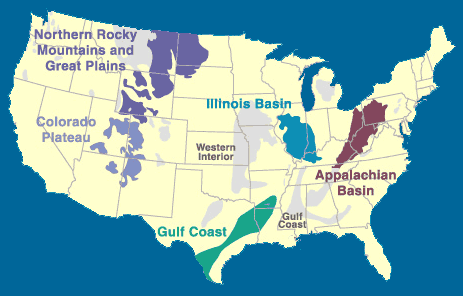
Mountaintops and Reforestation
Unfortunately, looking like it did and actually being like it was are diametrically different things when it comes to mountaintops. The companies will back-fill the mountain, focusing on compacting the rocks and soil to control for erosion.
They will sometimes plant seedlings, but not always. The focus is not on reforestation, but on making the mountain look like it did before. Often the seedlings don't survive after they're planted due to soil compaction and competition from other - especially non-native - plants and animals.
Not only is reforestation a problem, but the overburden creates other issues.
The material and debris often disrupt mountain streams, not to mention the ecosystems and wildlife that are affected not only by the blasts but then by the dust from the overburden.
Trees and other organisms indigenous to the area are often permanently destroyed.
This included endangered species endemic to these biologically diverse areas. In a time when we need as many trees on the planet as possible supplying oxygen and using up excess carbon dioxide, the destruction of untold hundreds of thousands of trees is counterproductive to a balanced planet.
More Distressing News
As mentioned earlier, the dust and debris generated from the explosives permeate into the surrounding air and water supply.
These debris particles include sulfates and heavy metals, all of which are pernicious and detrimental to organic molecules.
They have a role in creating black sludge that runs into communities, poisoning everything in its path.
Fact:
Traditional mining communities disappear as jobs diminish and residents are driven away by dust, blasting and increased flooding and dangers from overloaded coal trucks careening down small, windy mountain roads.
Mining companies buy many of the homes and tear them down. Dynamite is cheaper than people, so mountaintop removal mining does not create many new jobs.
Source:Mountain Justice
The Human Impact
Mountaintop removal affects all life on the planet. The particles emitted from mountaintop removal travel into the atmosphere.
Its concentrations are highest near the communities that are eye-witnesses to such destruction.
But, as coal is used, sulfur is released. Sulfur is part of coal's molecular structure, so no matter how "clean" it is said to be, there will always be sulfur by-products that contribute to lower air quality.
In addition, carbon (from the coal) and oxygen (from the air) form carbon dioxide or CO2. CO2 is a known greenhouse gas.
Thus, the more that humans use coal, the more by-products that leach into the atmosphere, causing planetary warming. Furthermore, the process leaches out heavy metals that get into streams and build up in the tissues of animals.
Fish are particularly sensitive and humans often have to avoid certain kinds of fish because of their mercury content, due in part, to the human need for coal.
As if this weren't enough, the particles emitted contribute to an increase in asthmatic incidents, birth defects, and higher mercurial concentrations in organic tissues - including that found in humans.
People in communities closest to mountaintop removal are at highest risk. However, the continued pollution of streams, waterways, the air coupled with the destruction of entire ecosystems isn't good for anyone's health.
Think of the earth like a spider web: what weakens one part will eventually weaken another part.
Do You Think Mountaintop Removal is Avoidable?
The Good News
Humans have the power to change. Alternative energy in the form of wind, solar and hydro-power are all part of the solution. One day, even if coal extraction continues, coal will not be a resource. Thus, renewable sources of energy are extremely important so that the planet today will be a habitable place for the organisms of tomorrow. In addition, conserving energy and being educated consumers are all other things people can do to help each other and the planet.
How to Change
The first step in changing the future of the planet is immediate: reduce the need for electricity.
The second step is make a pledge. Make a pledge to yourself and to your family that you will do your part to make sure they have a beautiful, healthy, vibrant place to live.
The third step is to learn what you can about electricity and its alternatives. Much of the information for this article is gleaned from the documentary Kilowatt Ours. This site provides a free movie about coal, mountaintop removal, and explores alternative ways of generating energy.
The fourth step is to spread the word and take action! Most people have no idea that their electricity is so coal-dependent and that peoples' livelihoods are in jeopardy because of it.
The fifth step is in realizing that if we strive to use less coal-based electricity we can actually help create jobs. People will need energy auditors, people knowledgeable about wind turbines, solar energy, solar insulation and more, to help them get on track to best utilize their energy resources.
Sources:
In this article, I compiled a lot of information from different websites.
For more information, click on Wikipedia's "Mountaintop Removal".
The website Mountain Justice is dedicated to ending mountaintop removal once and for all. It has a plethora of information about who is affected, what coal companies are doing, enacting legislation and more.
Kilowatt Ours is the movie that brings surface mining to center stages and all the atrocities associated with it.
Amy Goodman, the commentator for Democracy Now! surmised that one of the US' most recent tragedies in West Virginia was likely linked to mountaintop removal.
© 2011 Cyn Lee

